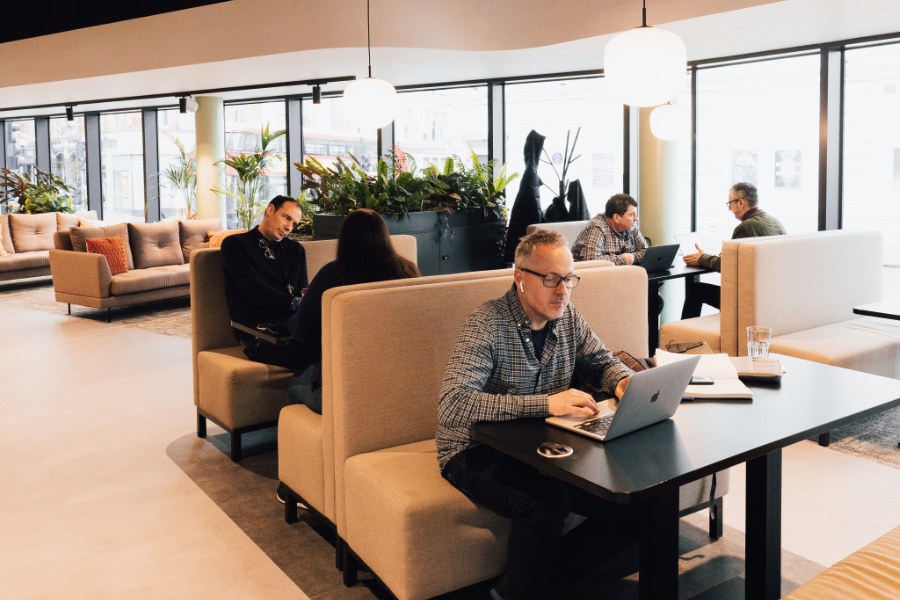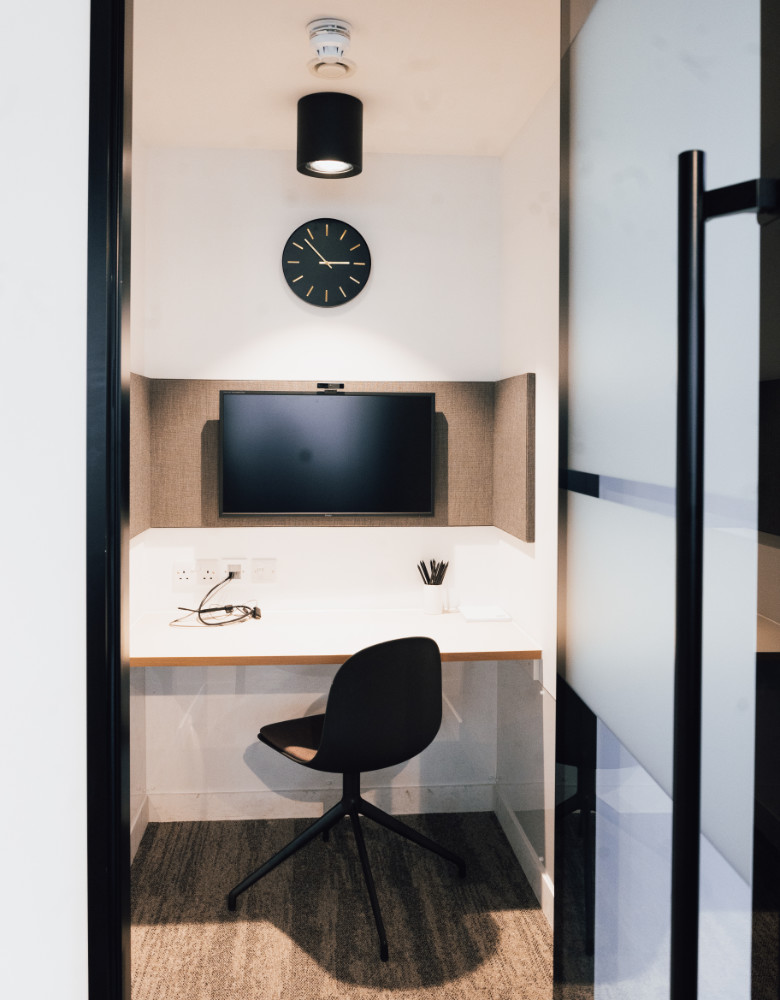Unleashing the Potential of Workplace Environments

Maximising comfort, productivity, and happiness in the office requires thoughtful design, functionality, and an understanding of how end users must work in those environments, especially as users have been used to hybrid office experiences ever since the pandemic. Workplaces need to become inviting environments now more than ever so that employees feel drawn to come together and collaborate.
The role of technology is vital to the experience; once the architecture created the story of how people interacted and affected emotional well-being, the technological expertise can also inspire.
Connected workspace technologies, including unified communications (UC), have become crucial to modern businesses. It allows teams to communicate and collaborate seamlessly, regardless of their location. However, companies must ensure that their workspaces are conducive to productive collaboration; lighting and acoustics create a comfortable and engaging environment that fosters creativity and productivity.
Acoustic treatment within meeting rooms is often overlooked, significantly impacting the quality of the experience and increasing productivity. It can help reduce echo and reverberation by absorbing or diffusing sound waves. When the sound quality of a conference room is poor, it can be difficult for people to focus and stay engaged in the meeting, leading to decreased productivity and wasted time. Lighting is also an essential factor to consider, such as the colour temperature and lighting positions, ensuring participants look their best, factoring in digital equality and creating positive experiences.
As businesses increasingly seek collaborative meeting spaces, a dependable solution is needed to ensure availability. Room Booking System technology enables teams to reserve meeting rooms in advance, promoting efficient resource allocation and seamless collaboration. Since January 2022, there has been a 495% surge in room booking software and technology use. Collaboration technology is essential for meetings that keep employees connected and productive, regardless of location, platform or device. This approach enables companies to reap the benefits of remote work and in-person collaboration.

Additionally, there has been a significant increase in desk booking systems across different regions. In EMEA alone, Desk Booking Systems have increased by a staggering 839%. To facilitate communication, collaboration, and adaptability, companies are embracing the concept of hot desking. Gone are the days of traditional cubicles— hot desking spaces feature shared desks arranged by teams or cross-functional partners. These environments eliminate physical barriers and encourage a fluid exchange of ideas. By leveraging desk booking tools, workplace leaders can efficiently organise open space plans based on specific neighbourhoods, enabling teams to sit together and optimise their collaborative efforts throughout the workday. Hot desking spaces empower employees to choose their work area, fostering a sense of ownership and flexibility and increasing productivity and innovation.
Creating a streamlined registration and visitor process has become increasingly important in today’s fast-paced world. With unique visitor check-in technologies growing 35% year-over-year, businesses, organisations, and events requiring pre-registration and check-in, it’s essential to have a simple and efficient system. A well-designed registration process saves time and enhances the visitor experience, making them feel welcomed and valued. Businesses can eliminate long queues and manual paperwork by leveraging technology and automating the check-in process. This ensures a smooth and hassle-free check-in process, giving visitors more time to enjoy the event or interact with the organisation. Combining solutions like those above into a single managed system or Workplace App can deliver a truly integrated workplace.
Furthermore, key stakeholders can gain vital feedback on utilisation and work patterns. Having this data at your fingertips allows you to plan future spaces based on data rather than predictions. When every square foot of a workplace is costly, there’s great peace of mind when you can design it based on evidence.
In conclusion, technology plays an essential role in the potential of office environments, and it continues to evolve to meet the needs of modern workplaces. From streamlined registration and visitor processes to advanced communication tools and workspaces that foster innovation, there is a growing demand for collaborative, smart solutions to enhance productivity and promote employee well-being.
Contact us now to see how transACT can help with your digital workplace transformation.